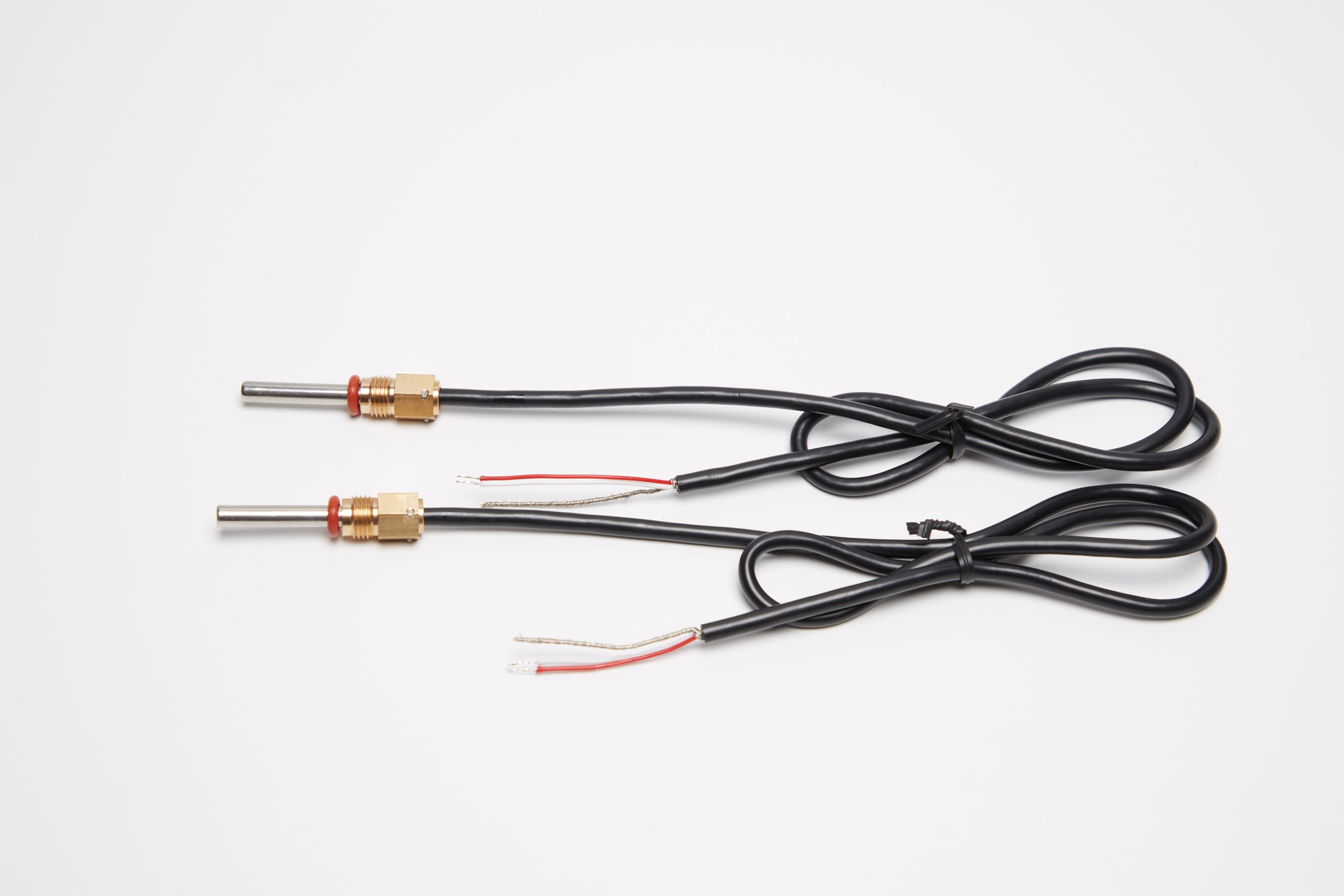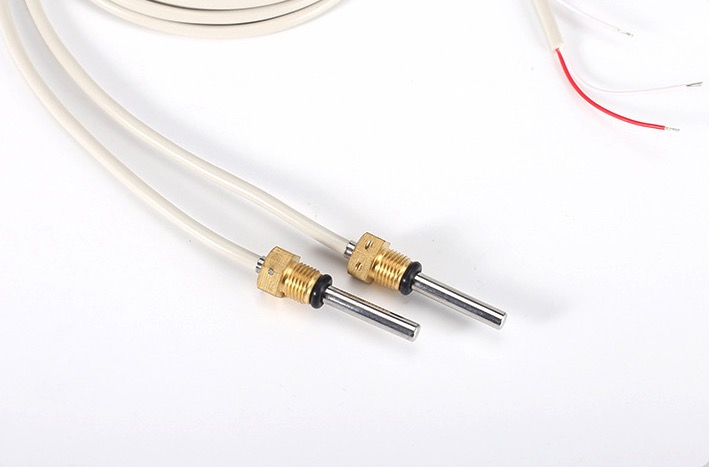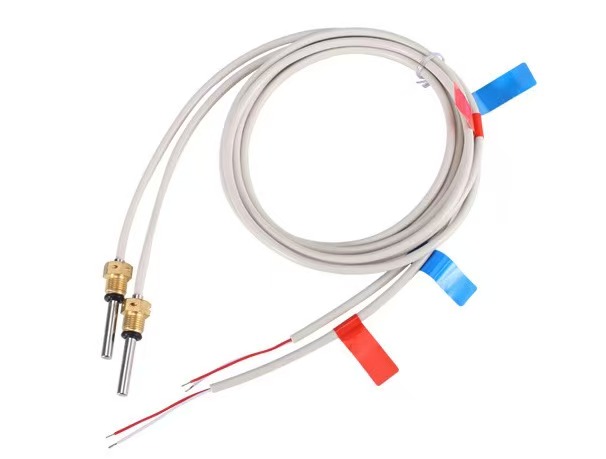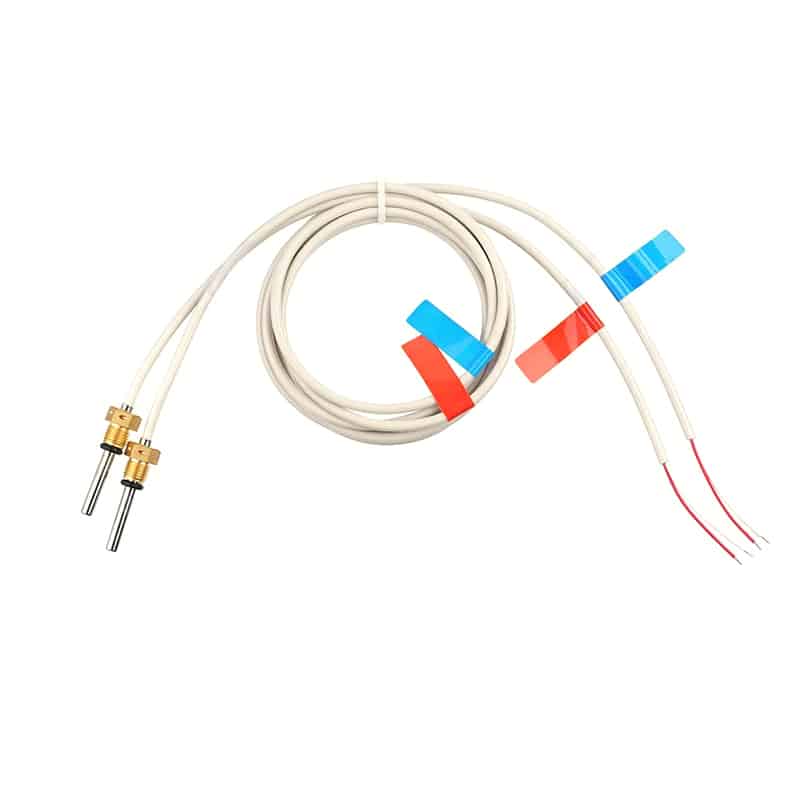Toroidal Conductivity Sensor – Enhancing Measurement Accuracy
Article Summary
- Introduction
- What is a Toroidal Conductivity Sensor?
- How Does It Work?
- Applications
- Benefits of Toroidal Conductivity Sensors
- Tips for Optimal Use
- Conclusion
Introduction
Welcome to this comprehensive guide on toroidal conductivity sensors – powerful tools that help ensure accurate measurements in various industries. In this article, we will explore what toroidal conductivity sensors are, how they work, their applications, and the benefits they offer. Moreover, we will provide you with valuable tips on how to make the most out of these sophisticated sensors.
What is a Toroidal Conductivity Sensor?
A toroidal conductivity sensor is an advanced device used for measuring the electrical conductivity of liquids or solutions. It consists of a toroidal coil surrounding an insulated probe, which is immersed in the liquid being tested. The sensor operates on the principle of electromagnetic induction, where changes in electrical conductivity induce variations in the magnetic field around the toroidal coil.
How Does It Work?
When an alternating current passes through the toroidal coil, it generates a magnetic field. As the liquid flows through or around the sensor, ions present in the solution affect the conductivity. This, in turn, alters the magnetic field around the toroidal coil. The sensor detects these changes and converts them into corresponding electrical signals, providing accurate conductivity measurements.
Applications
Toroidal conductivity sensors find applications in a wide range of industries, including:
- Water treatment and purification
- Chemical processing
- Pharmaceutical production
- Food and beverage manufacturing
- Biotechnology and research
Benefits of Toroidal Conductivity Sensors
Toroidal conductivity sensors offer several advantages over traditional sensors. Some key benefits include:
- Precise and reliable measurements
- Wide measurement range
- Low maintenance requirements
- Resistance to fouling and contamination
- Compatibility with various liquids and solutions
Tips for Optimal Use
To ensure optimal performance of your toroidal conductivity sensor, consider the following tips:
- Calibrate the sensor regularly to maintain accuracy.
- Keep the sensor clean and free from debris or deposits.
- Choose the appropriate sensor material for your specific application.
- Take into account the temperature and conductivity range of your liquid.
- Consult the manufacturer’s guidelines for installation and maintenance.
Conclusion
In conclusion, toroidal conductivity sensors are essential tools for accurate measurement of electrical conductivity in various industries. Their advanced technology, combined with their numerous benefits, makes them a reliable choice for applications ranging from water treatment to pharmaceutical production. By following the provided tips, you can optimize the performance of your toroidal conductivity sensor and achieve precise measurements consistently.





